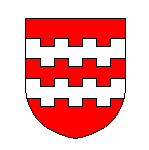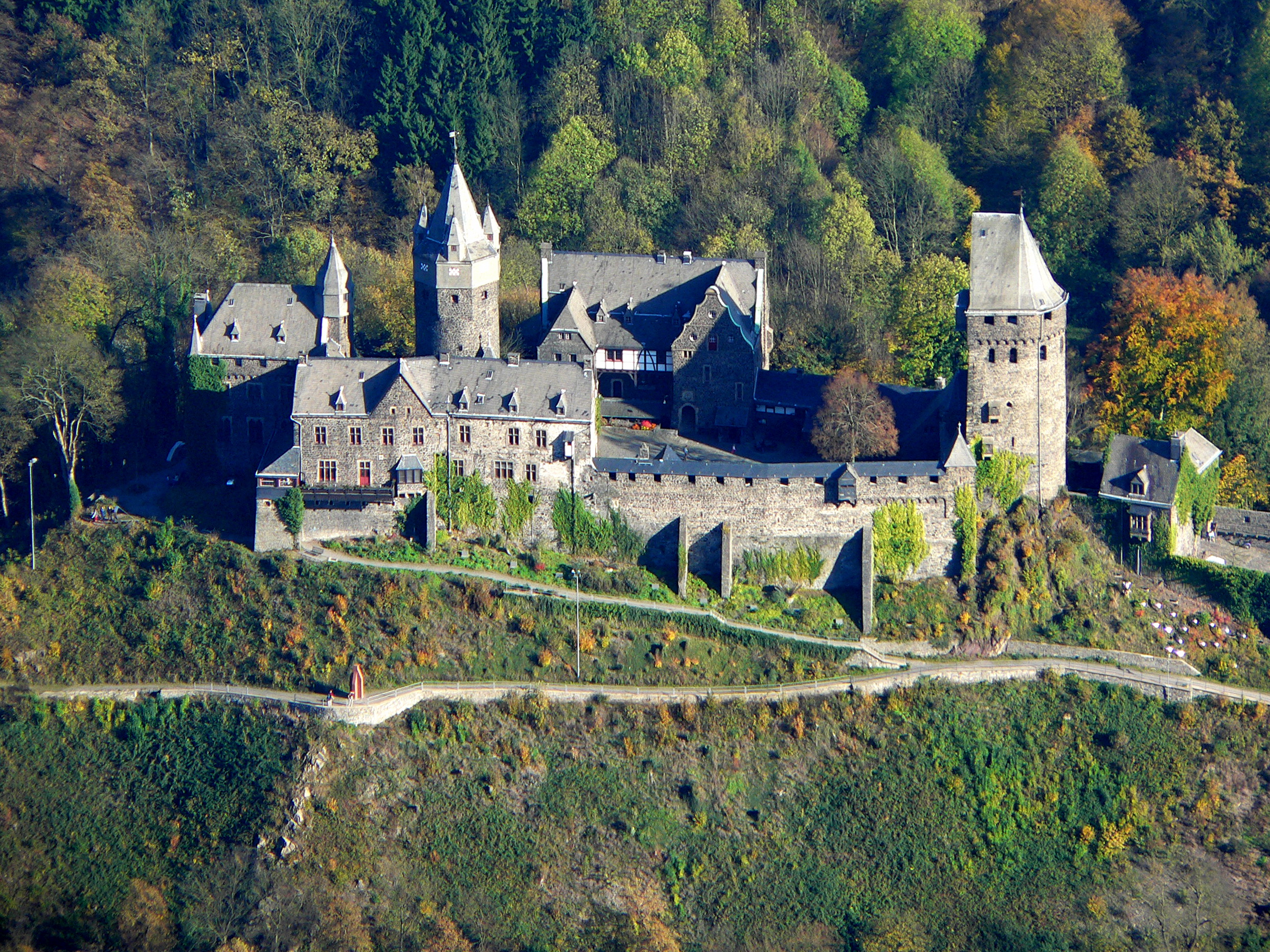|
Adolf I (other)
Adolf I may refer to: * Adolf I of Lotharingia Adolf I of Lotharingia, count of Keldachgau, Vogt of Deutz from 1008 until 1018, was the son of Hermann I "Pusillus" (the Little Pfalzgraf), count palatine of Lotharingia. He left three sons: *Hermann III, Vogt of Deutz in St. Severin (Cologne) ... (died 1018), Vogt of Deutz * Adolf I of Berg (died 1086) * Adolf I of Holstein (died 1130), Count of Schauenburg * Adolf I, Archbishop of Cologne or Adolf of Altena or Adolf of Berg (c. 1157–1220) * Adolf I, Count of the Mark (1194–1249) * Adolf I, Prince of Schaumburg-Lippe (1817–1893) * Adolf I of Luxembourg (1817–1905) See also * Adolph I (other) {{hndis, Adolf 01 ... [...More Info...] [...Related Items...] OR: [Wikipedia] [Google] [Baidu] |
Adolf I Of Lotharingia
Adolf I of Lotharingia, count of Keldachgau, Vogt of Deutz from 1008 until 1018, was the son of Hermann I "Pusillus" (the Little Pfalzgraf), count palatine of Lotharingia. He left three sons: *Hermann III, Vogt of Deutz in St. Severin (Cologne) und Werden (died 1056); *Adolf II of Lotharingia Adolf II of Lotharingia (1002–1041) was count in Keldachgau and Vogt of Deutz, and was the son of Adolf I of Lotharingia, count in Keldachgau, Vogt of Deutz. He left two sons: * Adolf I of Berg (b. before 1041, died 1086), count of Berg from 10 ..., count of Keldachgau, Vogt of Deutz (born 1002, died 1041); *Erenfried, Probst of St. Severin. References Further reading *Lewald, Ursula, 'Die Ezzonen. Das Schicksal eines rheinischen Fürstengeschlechts', Rheinische Vierteljahrsblätter 43 (1979) S.120-168 *Gerstner, Ruth, 'Die Geschichte der lothringischen Pfalzgrafschaft (von den Anfängen bis zur Ausbildung des Kurterritoriums Pfalz)', Rheinisches Archiv 40 (Bonn 1941) *Kimpen, E., � ... [...More Info...] [...Related Items...] OR: [Wikipedia] [Google] [Baidu] |
Adolf I Of Berg
Adolf I of Berg, count of Berg from 1077 until 1082, Vogt of Werden, Deutz, Berg and Gerresheim (died 1086). He was the son of Adolf II of Lotharingia count of Keldachgau, Vogt of Deutz (1002–1041). The dynasty can be traced back to Adolf I at the beginning of the eleventh century especially by following the succession of the advocates of Deutz monastery across the Rhine, opposite Cologne. From that point forth the succession of the counts of Berg is well enough documented. Adolf I of Berg left one son: * Adolf II of Berg-Hövel, count of Berg, count of Auelgau and Siegburg, Vogt of Werden, founded the Altenberg Abbey (died 1090 or 1106). Literature * Alberic of Troisfontaines (MGH, Scriptores XXIII). * The ''Annales Rodenses'' from the Dutch medieval abbey at Rolduc, (MGH, Scriptores, XVI). * Annalista Saxo The Annalista Saxo ("Saxon annalist") is the anonymous author of an important imperial chronicle, believed to have originated in the mid-12th century at Nienburg Abb ... [...More Info...] [...Related Items...] OR: [Wikipedia] [Google] [Baidu] |
Adolf I Of Holstein
Adolf I (died 13 November 1130) was the first Count of Schauenburg from 1106 and the second Count of Holstein from 1111. He made an important contribution to the colonisation and Germanisation of the lands north of the Elbe. He was appointed to hold as fiefs Holstein and Stormarn, including Hamburg, by Lothair, Duke of Saxony, in 1111. By this appointment Adolf became the leader of the defence of Germany against the Wagri. Allied with Henry, the prince of the Obotrites, he repeatedly waged war on Wagria and the Rugians. After Henry's death (1127), Adolf remained allied with his sons Canute and Sventepolk, but they were soon dead and Lothair, by then King of Germany, had made Canute Lavard, a Danish prince, Duke of Schleswig. Feeling his authority threatened by the Danish upstart, Adolf attacked his castle of Albergs, captured the garrison, and destroyed its defences. He left his counties intact to his second son, Adolf II, since his eldest, Hartung, had been killed in the Second ... [...More Info...] [...Related Items...] OR: [Wikipedia] [Google] [Baidu] |
Adolf I, Archbishop Of Cologne
Adolf of Altena, Adolf of Berg or Adolf of Cologne, (c. 1157 – 15 April 1220 in Neuss) was Archbishop of Cologne from 1193 to 1205. Biography Adolf was born about 1157 as the second son of Count Eberhard of Berg- Altena and his wife Adelheid von Arnsberg. About 1177 he became a canon in Cologne. Later, in 1183, he became Dean of the Cathedral, and in the year 1191 Cathedral Provost. After the abdication of his uncle Bruno III of Berg he became Archbishop of Cologne in 1193, as ''Adolf I'', or ''Adolf I von Altena''. In March 1194 he received his episcopal consecration by Hermann II of Katzenelnbogen, Prince-Bishop of Münster. In the same year Adolf was instrumental in arranging the release of King Richard I of England, whom he received with considerable solemnity in Cologne shortly afterwards, at the beginning of February 1194. He was a declared opponent of the plans for a hereditary empire of Emperor Henry VI and at Christmas 1195 refused Henry's wish for the ... [...More Info...] [...Related Items...] OR: [Wikipedia] [Google] [Baidu] |
Adolf I, Count Of The Mark
Adolf I, Count de la Mark (German: ''Adolf I. Graf von der Mark und Krickenbeck''; c. 1182? – 28 June 1249), until 1226 also known as Adolf I, Count of Altena-Mark. He was son of Frederick I, Count of Berg-Altena and Alveradis of Krickenbeck, daughter of Reiner of Krieckenbeck-Millendonk.Genealogie Mittelalter Adolf belonged to a collateral line of the counts of and was founder of the new noble branch of the Counts de la Mark. Following the year 1226, he reunited the lands of the Counts of Berg-Altena, which had been in possession of the counts of |
Adolf I, Prince Of Schaumburg-Lippe
Adolphus I, Prince of Schaumburg-Lippe (''Adolf Georg''; 1 August 1817 – 8 May 1893) was a ruler of the Principality of Schaumburg-Lippe. Biography He was born in Bückeburg to Georg Wilhelm, Prince of Schaumburg-Lippe and Princess Ida of Waldeck and Pyrmont (1796–1869). He succeeded as Prince of Schaumburg-Lippe following the death of his father, Prince Georg Wilhelm on 21 November 1860. In 1866, Schaumburg-Lippe signed a military treaty with Prussia, and in 1867 entered a military union, where Schaumburgers served in the Prussian military. Also in 1867, Schaumburg-Lippe became a member of the North German Confederation, and later in 1871 became a member state of the German Empire on its founding. He died at Bückeburg and was succeeded by his son Georg. Marriage and children On 25 October 1844 at Arolsen, Adolf was married to his cousin, Princess Hermine of Waldeck and Pyrmont (1827–1910), a daughter of George II, Prince of Waldeck and Pyrmont. His mother was a siste ... [...More Info...] [...Related Items...] OR: [Wikipedia] [Google] [Baidu] |
Adolf I Of Luxembourg
Adolphe (Adolf Wilhelm August Karl Friedrich; 24 July 1817 – 17 November 1905) was Grand Duke of Luxembourg from 23 November 1890 to his death on 17 November 1905. The first grand duke from the House of Nassau-Weilburg, he succeeded King William III of the Netherlands, ending the personal union between the Netherlands and Luxembourg. Adolphe was Duke of Nassau from 20 August 1839 to 20 September 1866, when the Duchy was annexed to the Kingdom of Prussia. Adolphe became Duke of Nassau in August 1839, following the death of his father William. The Duchy was annexed to Prussia after Austria's defeat in the Austro-Prussian War. From 1815 to 1839, Grand Duchy of Luxembourg was ruled by the kings of the Netherlands as a province of the Netherlands. Following the Treaty of London (1839), the Grand Duchy of Luxembourg became independent but remained in personal union with the Netherlands. Following the death of his sons, the Dutch king William III had no male heirs to su ... [...More Info...] [...Related Items...] OR: [Wikipedia] [Google] [Baidu] |

